How to learn a language online
Last year, I decided to start learning Korean. It was entirely on a whim — I don’t live in Korea and have no reason I’d ever need to go there. Nonetheless, it’s been an incredibly rewarding experience, and I’ve gotten to a point where I can speak, read, and write comfortably much faster than I ever thought I could.
That’s entirely due to the wealth of apps and online services out there that I’ve been able to take advantage of. Without easy access to native speakers or in-person classes, much of my early journey involved scouring the internet for resources and trying every one I could find. Here, I’m going to briefly discuss my experience with each one and whether I’d recommend it for its price.
It’s important that I make a few caveats here:
- While I am a language nerd, I am in no way a language expert. While this article is meant to reflect my own experience with these products, it’s one data point. What’s effective or ineffective for you could certainly differ.
- The quality of any product will often vary by the language you’re using it for. I’ve used many of these services for multiple languages (like I said, I’m a language nerd) and will draw from those experiences here, but the best way to figure out if an app will work for you (as is the case with many products, in general) is to try it out yourself.
- This article is tailored to native English speakers (because I am one). If you speak another language fluently, make sure you’re looking into additional options for speakers of that language.
- In addition to these resources, you should make sure you’re looking into resources specific to the language you’ve chosen. Reddit can be a good place to find these — many languages have specific subreddits where learners can share what they’ve been using.
One last thing before we dive in. My primary advice for online language learners like myself is to avoid going all-in on one resource (at least, at the start). Not only has using multiple apps at a time helped to reinforce the things I’m learning, but it’s also given me a broader picture than I’d otherwise have. Most languages will have multiple ways to say common phrases (i.e., in English, you might say “Hey,” “Hi,” “Hello,” etc.), and different courses might teach different ones. Different resources may also skim over concepts that others explain in more detail. I recommend that you diversify your learning portfolio, at least until you’ve found one option that you’re confident is comprehensive and works for you.
With that, here are some apps I’ve tried.
Price: $14.95 per month/$134.95 per year for audio-only in one language, $19.95 per month/149.95 per year for audio+visual exercises in one language, $20.95 per month/$164.95 per year for audio+visual exercises with all languages included

Pimsleur is an almost entirely audio-based course. Every day (well, you can do it how often you want, but daily is the recommended pace), you play through a 30-minute audio track. The track puts you in various roles — a tourist asking for directions, a customer ordering beer at a restaurant, a shopper haggling over a price, a worker scheduling a lunch with a colleague — and essentially has you play that role in a simulated conversation. Your fictional conversation partner speaks to you in the target language, you’ll respond in that language, and then a native speaker will say the correct answer, which you’ll repeat a couple times after them. The (English-speaking) narrator will sprinkle in new words and phrases for you to learn every so often, which you’ll also repeat a number of times. As you learn more phrases, the simulated conversations gradually grow more advanced.
When it comes to pronunciation, Pimsleur is hands-down the best resource I’ve ever tried. I’m often complimented on my accent in languages I’m working on, and Pimsleur is 100 percent of the reason why. The app forces you to repeat words and phrases immediately after a native speaker over and over. While this can be boring, it’s invaluable in terms of perfecting your pronunciation.
Pimsleur is also a very pragmatic option if you’re trying to learn survival phrases for an upcoming trip. The first phrases Pimsleur teaches you are common tourist phrases (“Do you speak English?” “Excuse me,” “How much does this cost?” etc.). It also teaches you a lot of words very quickly. A majority of Korean words I currently know, I learned from Pimsleur.
Pimsleur has a major hole, though — reading and writing. The app has some supplemental reading exercises (there are flashcards, short quizzes, and a few games), but they’re fairly bare-bones. The Korean course also uses romanizations in some of its games, rather than Hangul, while pretty much any other Korean resource gets you away from romanizations as quickly as possible. While this is a Korean-specific problem, it emphasizes that even Pimsleur’s written resources are more focused on speaking than they are on actual reading and writing. Pimsleur’s real strength is as an audio tool — if you’d also like to learn to read and write, you should supplement it with something else.
Pimsleur is also a bit more of a time commitment than other resources you might find. It asks for 30 minutes a day, and that’s without the flashcards and other bells and whistles you’ll find in the app. It can be a nice commute companion (and there’s a special screen for use while driving), but that’s about as much multitasking as my brain can handle. I know people who will put Pimsleur on while they’re cooking or cleaning, but that’s never worked for me personally — I find myself forgetting things unless I’m able to devote 30 minutes to Pimsleur entirely.
The final problem here is that Pimsleur is pricey. If it’s out of your budget, that’s totally fair — you can still have a great language-learning experience with the more affordable resources mentioned here. I will say, though, that if you have the money to pay for one resource and you have the time to set aside, I would strongly recommend that you pay for this one. While other resources will spend more time on grammatical rules and complex mechanics, there’s nothing else I’ve found that teaches so much usable material so quickly. Of the various pricey apps I tried at the start of my journey, this is the one I’m still paying for.
Price: $11.99 per month or $299 for a lifetime membership.
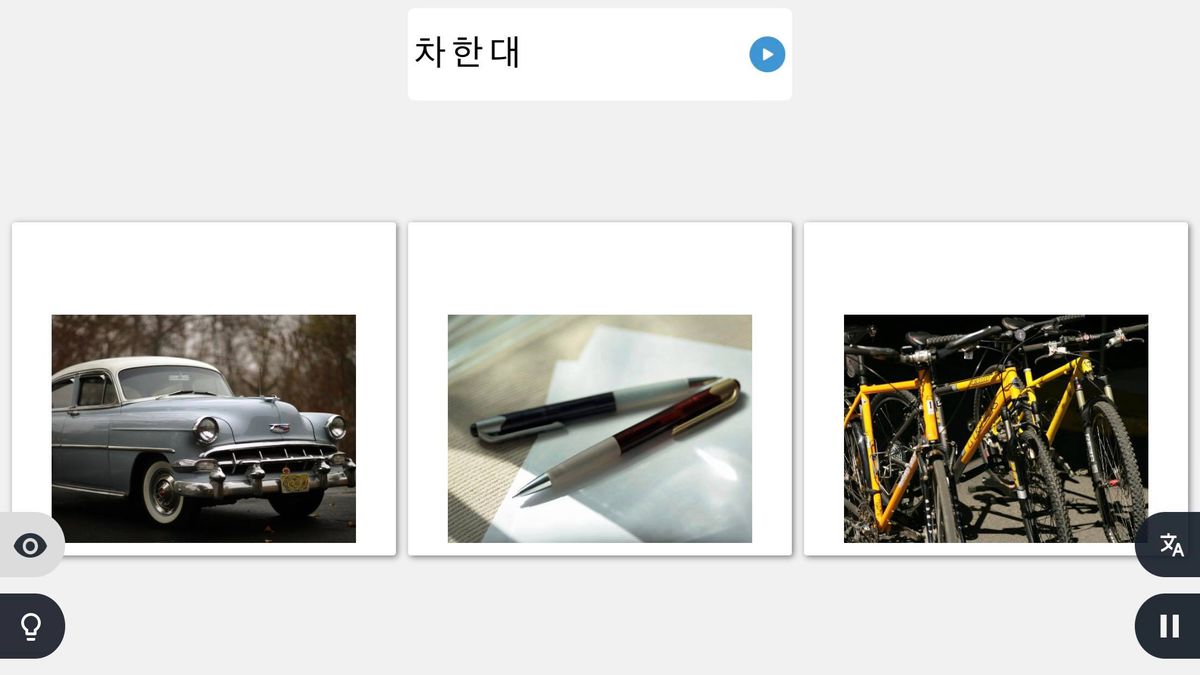
The nice thing about Rosetta Stone is that it doesn’t use any English. It shows you pictures, describes them in your target language, and then has you practice doing the same, cutting out the translation middleman. The course incorporates speaking, writing, listening comprehension, grammar, and vocabulary. The elements have their own separate lessons, and there are also cumulative lessons that incorporate all of them. The lessons vary in length — some take less than five minutes, while others can be close to the 30-minute mark.
Of the resources described here, I would say Rosetta Stone’s content is the most similar to what you might learn in, say, a high school language class. It starts by teaching you basic vocabulary that you’d imagine kids might learn (“cat,” “dog,” “tree,” etc.) and basic descriptive grammatical constructs (“the boy drinks milk,” “the woman drives a car,” etc.) rather than the conversational phrases you start with in Pimsleur. It’s also more focused on hammering precise grammatical rules. Pimsleur will tell you things like, “This sentence should technically have an object marker, but it’s fine for you to omit it,” where you’ll never hear that from Rosetta Stone.
I actually think that, due to their very different approaches, Pimsleur and Rosetta Stone complement each other really well. But they are the two most expensive courses here, and I recognize that many folks won’t want to pay for both. If you’re deciding between the two as your primary course, I would go for Pimsleur if you’re learning for a trip, if you’re actually hoping to converse with native speakers of your target language, or if you just want to see very immediate results. I’d go for Rosetta Stone if you’re looking for a really comprehensive long-term foundation or if you want to practice reading and writing.
Price: Free. The paid tier is $6.99 per month.
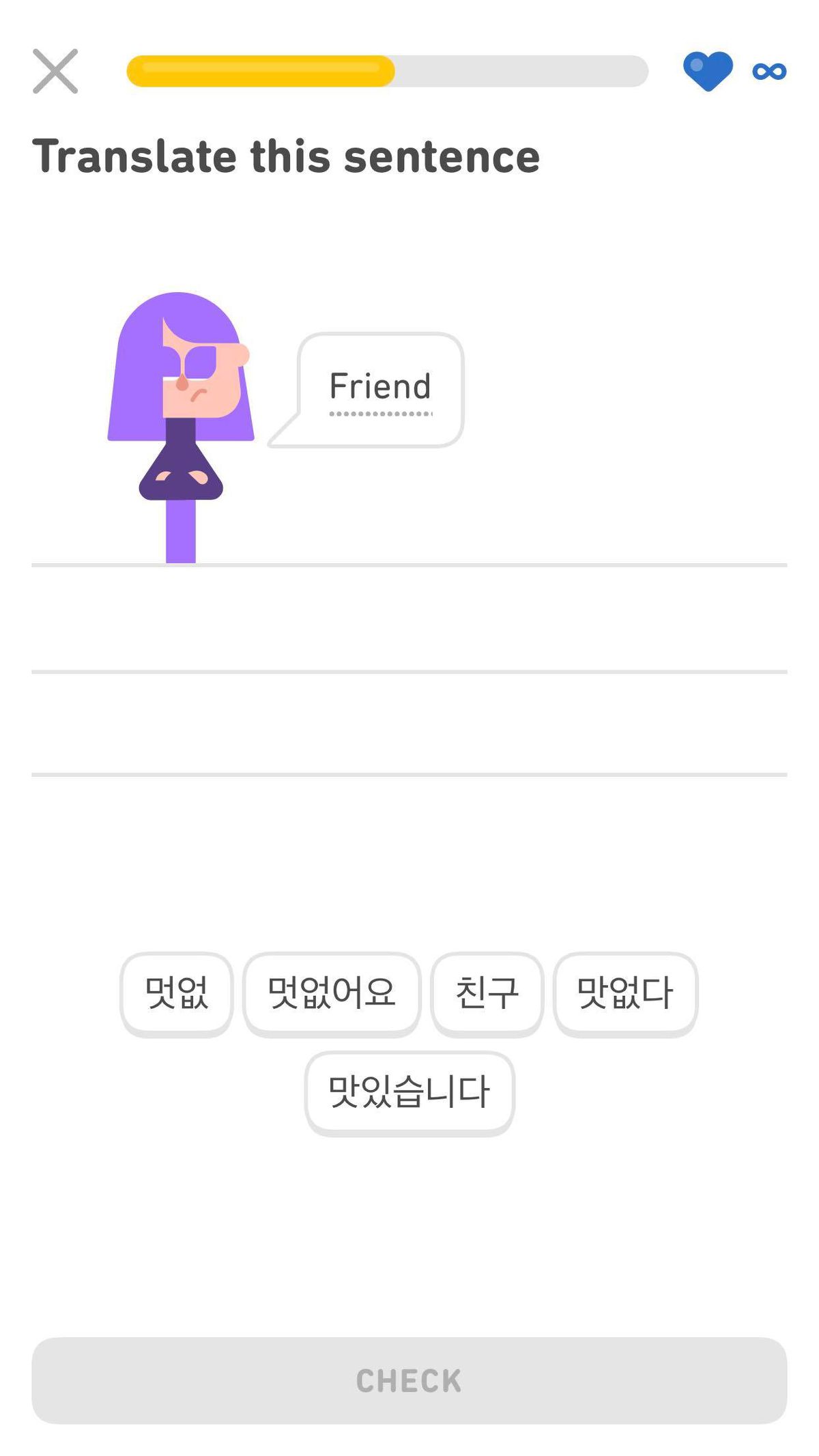

Duolingo reinforces basic grammar and vocabulary through bite-sized lessons (they take me about two minutes on average) with a fun and colorful interface. You’ll learn or practice a few words per lesson; you’ll read them, write them, and say them.
Duolingo used to be one of my favorite resources, but it recently put its review functionality behind the paywall, which makes the free version a lot less useful. Previously, you could do new lessons each day and also go back and review old lessons (and the app encouraged you to look back at lessons that you hadn’t done in a while). To my knowledge, you can’t do this with the new version — a lesson is locked when you finish it. The review exercises are locked in a separate “Practice Hub” page, which you can’t access without a paid subscription. The free Duolingo now feels less like a comprehensive course than it does a quick way to dip your toes into a language every day. It’s also now much harder for free users to get high on the leaderboard, which has taken the wind out of my sails quite a bit when using it. I have free-trialed the paid version, and it is better, but not good enough that I’d recommend choosing it as the one thing you’re going to pay for.
Duolingo’s usefulness varies highly by language. I recommend reading reviews, checking out your language’s subreddit, or speaking to other learners you know to find out whether it’s a good choice for your target tongue — especially if you’re considering paying for it.
I do really like that there’s a way to report if you believe that an answer the app marked wrong should’ve been accepted. If the company finds your complaint to be valid, they email you to let you know that they’ll accept your answer going forward. (A few of my suggested changes have been approved.)
When it comes to the free version, my general attitude is: “Why not?” While it may not be the most helpful or comprehensive resource, the nice thing about it is that you can whip it out at any time. Wait for the subway, do some Duolingo. Wait at a crosswalk, do some Duolingo. If nothing else, it’s a good way to keep your mind on your target language throughout the day and sneak in some practice where you can. But I wouldn’t use the free version on its own.
Zoom classes
Price: Varies. Hills Learning, for example, charges $379 per semester.
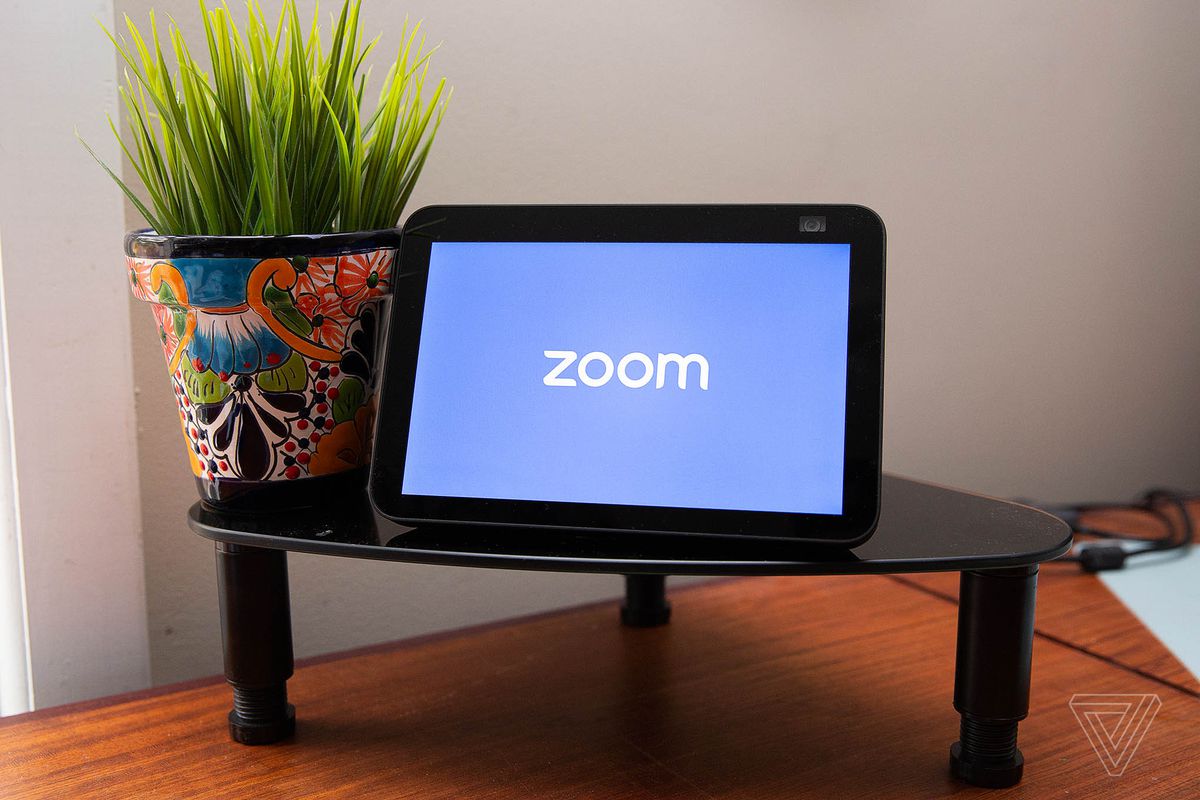
Zoom classes can be a great way to learn a language online, especially as a beginner. The massive benefit I’ve found from taking them isn’t in the lectures so much as the practice opportunities. Many language learners will tell you that conversing with native speakers is an essential part of learning your target language. But as a beginner, that can be an incredibly intimidating prospect — you may understandably be afraid to enter a conversation with a native speaker where you may make all kinds of mistakes and look silly.
That’s what I think is great about Zoom classes: they offer you an environment where you can chat with a fluent speaker (the instructor), and being riddled with mistakes isn’t only acceptable but expected. The practice is really valuable. Conversing with a teacher in a classroom replicates some of the pressure of a real-world situation (compared to, say, talking to Pimsleur’s imaginary people) but allows you to make mistakes with no consequence. It also gives you many opportunities to practice asking real people questions like “Hello, what’s your name?” many, many times without looking weird.
Many teachers also make themselves available for general questions during the duration of their course. This can be useful because if you’re pairing a Zoom class with another resource that doesn’t explain a ton (like Pimsleur or Rosetta Stone), your teacher can be a resource for questions those might bring up. For example, Pimsleur taught me two different words for “and” in its first few lessons — I emailed my Zoom teacher to ask what the difference was. And a human teacher, particularly if they’re a native speaker, can likely provide more up-to-date context than apps can provide. I’ve often had Zoom teachers say things like, “My parents pronounced this word this way, but my generation pronounces it this way, and younger people pronounce it this way.” That’s more detail than Pimsleur will ever get into.
That said, as I’m sure many current college students can tell you, Zoom classes really are what you put into them. You can get quite a bit out of them, but it’s also pretty easy to just leave them running while you go off and do something else.
For that reason, unless you’re very confident in your concentration, I recommend making sure the class you sign up for has homework assignments and assessments. While you may effectively learn grammar from a Zoom lecture, vocabulary is harder to learn that way. The bulk of my vocabulary learning from the Zoom class I took came from studying it before the final exam.
And if you really want to learn a lot quickly, doing a bit of Pimsleur and Rosetta Stone every day is likely going to teach you more (and is certainly more cost-effective) than attending a Zoom lecture once a week. The primary reason to pay for a Zoom class, in my opinion, is access to the teacher and the extra accountability for studying that assessments might provide.
One other thing on this. Many people, when researching Zoom classes, assume that they should be seeking out a teacher who’s a native speaker. Native speakers can definitely provide unique cultural context and valuable insight into how the language is spoken. But I’ve also found that learning from a non-native speaker can be quite valuable. These speakers have had the experience of learning your target language (as you now are), and will bring an understanding of what an English speaker might struggle with most and where they should focus their time. Ideally, you’ll want to draw from both sources if possible.
Price: Free. The VIP tier (which unlocks multiple languages, unlimited translations, and some other features) is $6.67 per month or $149.99 for a lifetime membership.


HelloTalk isn’t primarily a study tool, but I do think it’s great for language learning. It’s an app that pairs up people who are learning each other’s native languages and helps them chat with each other — so it would pair me, an English speaker who’s learning Korean, with a Korean speaker who’s learning English.
The chat interface includes some useful tools. In particular, the Correction feature allows you to easily red-pen each other’s messages in real time. There’s also a tool that allows you to translate a message to your language with a single tap, though you can only do this a few times a day with the free version. The app will even transcribe voice messages for you, and it’s pretty accurate (though free users can also only do this a few times a day).
You won’t want to use HelloTalk right away — I think it’s most useful when you’re confident you can get through a basic introductory conversation without confusing or offending anyone. Once I got to that level, I found this app a lot of fun. It’s good practice, and I’ve made real friends who are also willing to answer questions when I have them. That said, make sure you’re prepared to help your partners out with English as well — it’s a two-way street.
Price: Free. The paid tier is $7.99 per month or $35.99 per year.
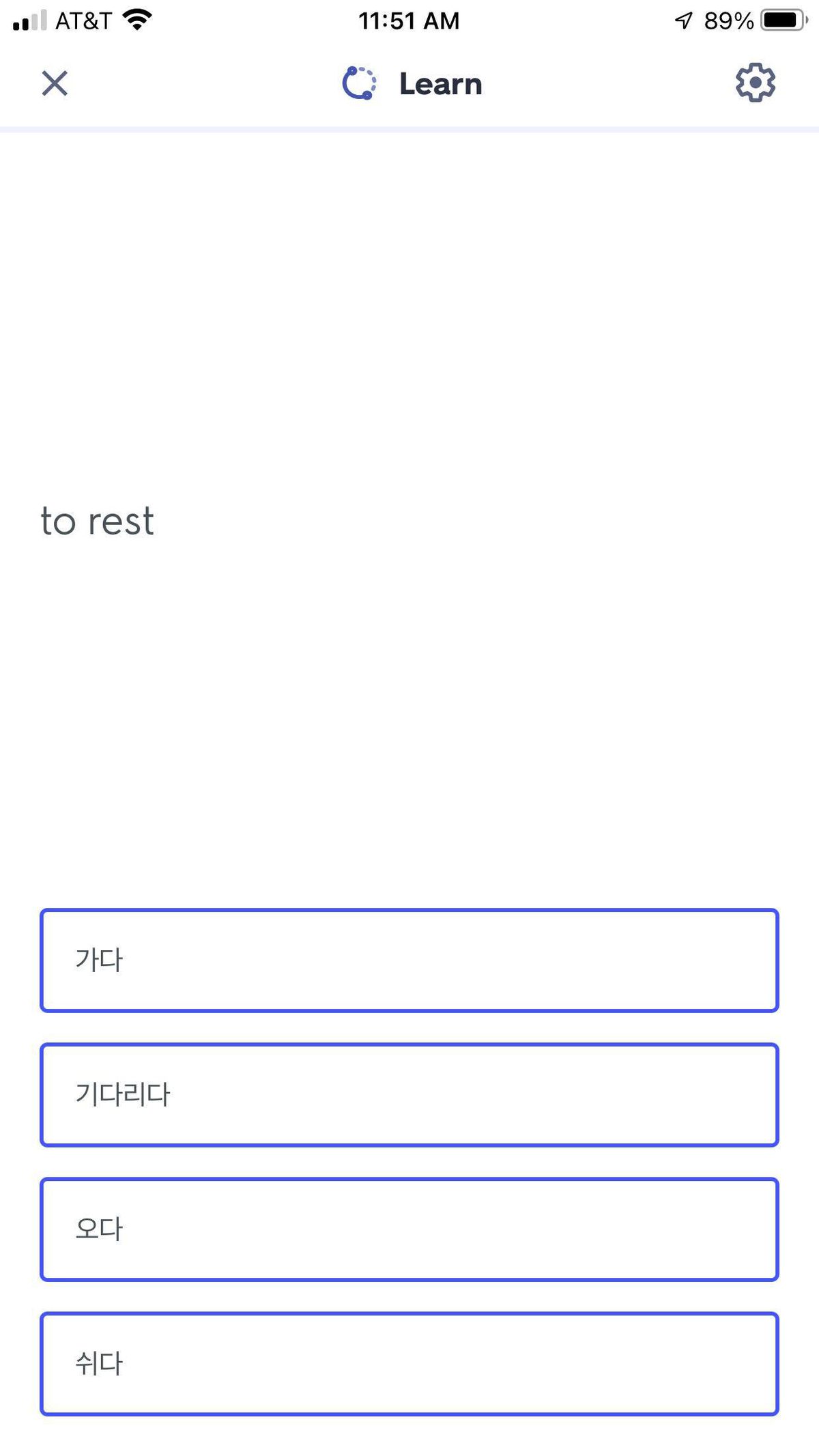
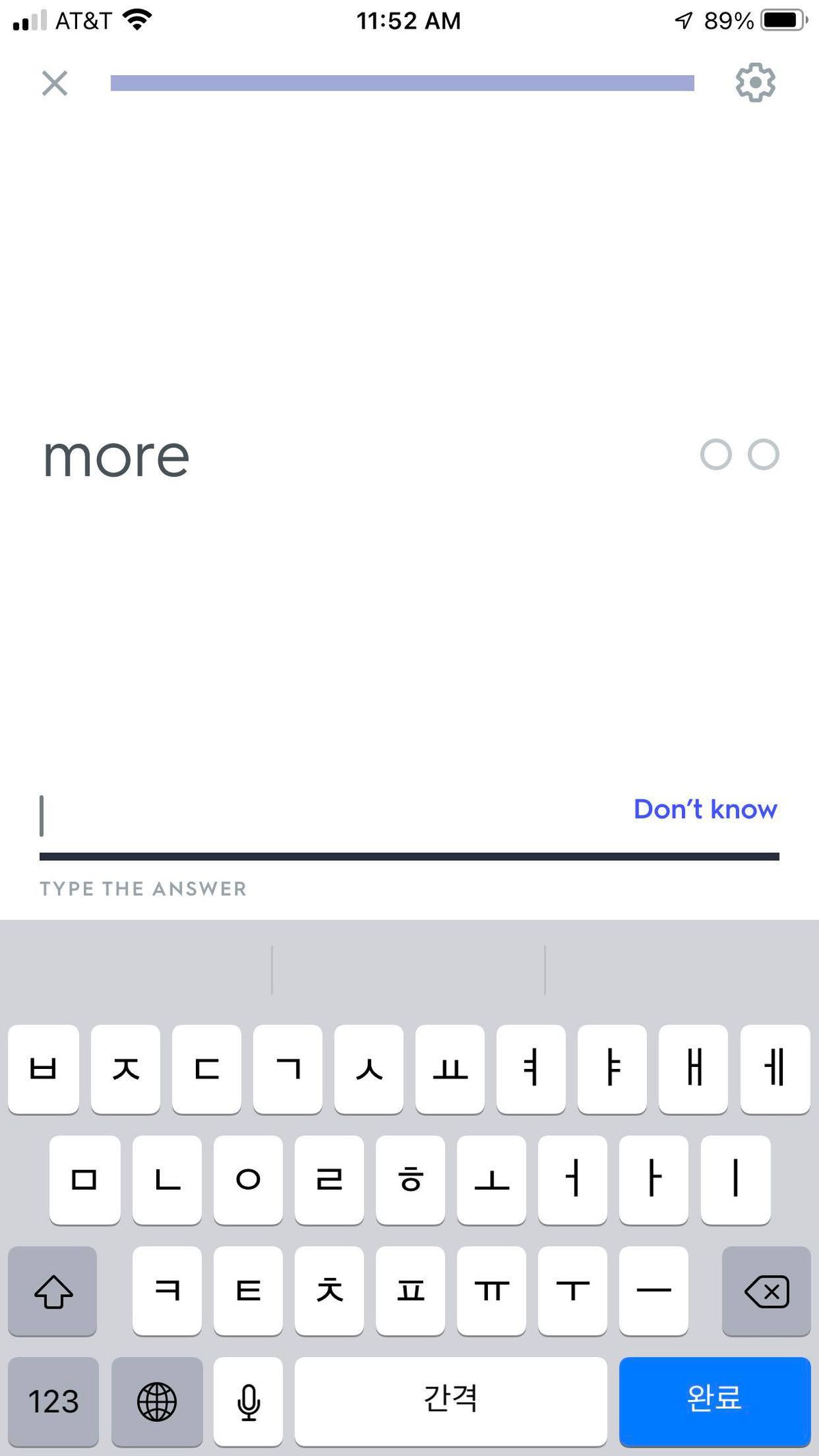
Quizlet isn’t a language course, but it’s the best app I’ve found for learning flashcards. Specifically, if you need to brute-force yourself into learning a ton of vocab in a short period of time, Quizlet is the one to use. It offers various different ways to learn and practice the decks you create — there’s a “Learn” mode that works you through your set a few words at a time, there’s a mode where you practice dictation, there are some fun games where you can compete with other users, etc. I used Quizlet obsessively in high school and college, and I still haven’t found a free service that works as well for me.
The primary downside is that Quizlet (even at the paid level) doesn’t have a review component the way some other flashcard services do. You can certainly go back and review your sets yourself whenever you want, but it’s not built into Quizlet’s infrastucture — the app won’t make you do it or even encourage you to. That’s going to be fine for students who need to study for different classes each semester, but more of a problem for folks who are trying to learn and retain a language over time.
Quizlet recently put a bunch of its features behind a paywall, making its free version a lot less useful. Free users now only get four “rounds” of seven or so study questions for each set before they’re told they need to upgrade to get more. This obviously isn’t tenable for people who are studying sets of 40-50 terms. I upgraded the instant I saw that Quizlet had done this, which shows how deeply this service is built into my life. But if you’re not already set on the Quizlet way and are just looking for a flash card service, I would recommend paying for Memrise instead (which I discuss below).
Price: Android, web, and desktop versions are free. The iOS version is $24.99.
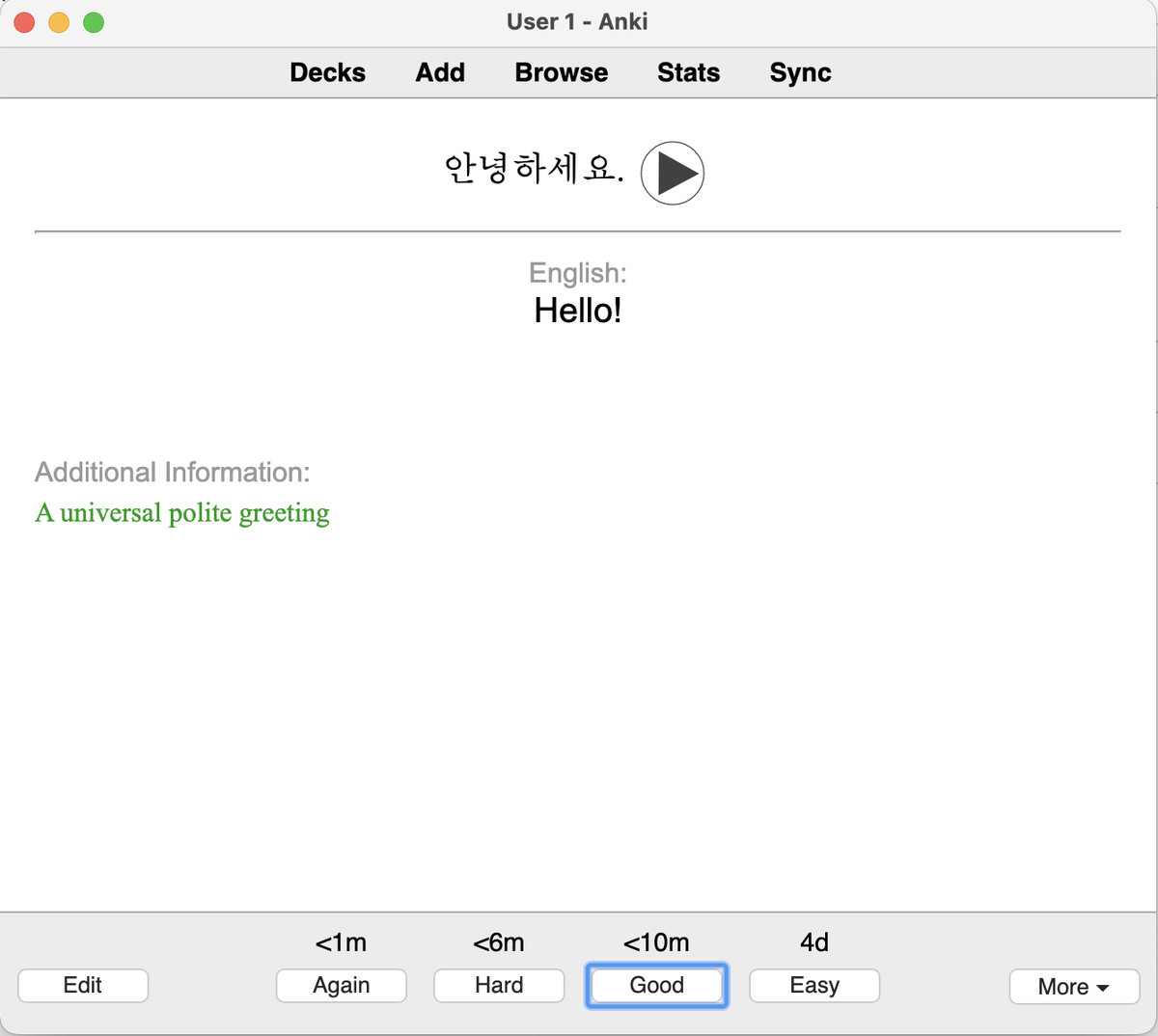
I trialed this but did not end up paying for it. It has a somewhat clunky interface that really mirrors physical flashcards in its functionality — there aren’t as many fun and interesting variations as you’ll find on Quizlet. But many language learners swear by it.
Anki’s specialty is spaced repetition; that is, after you create a deck, Anki shows you a certain number of cards every day and will show you a card less frequently the more often you get it right. It aims to make you practice a term right before you’re about to forget it. It’s less beneficial for quick acquisition (where Quizlet shines) and more beneficial for helping you hold onto words over time. I think Anki and Quizlet could be good complements to each other, but that’s not going to be cheap for iOS users.
Price: $8.49 per month, $29.99 per year, or $119.99 for a lifetime membership.
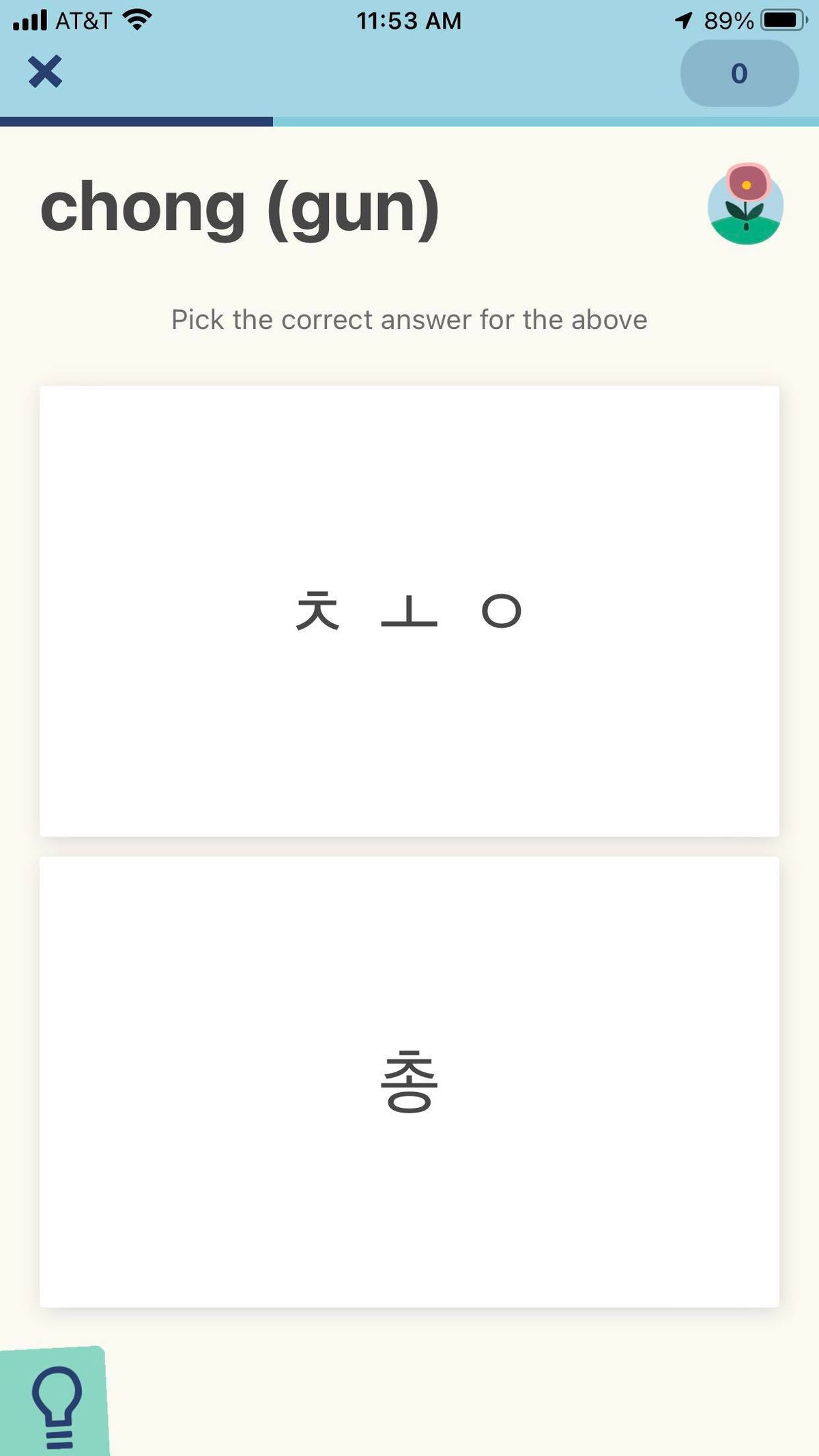
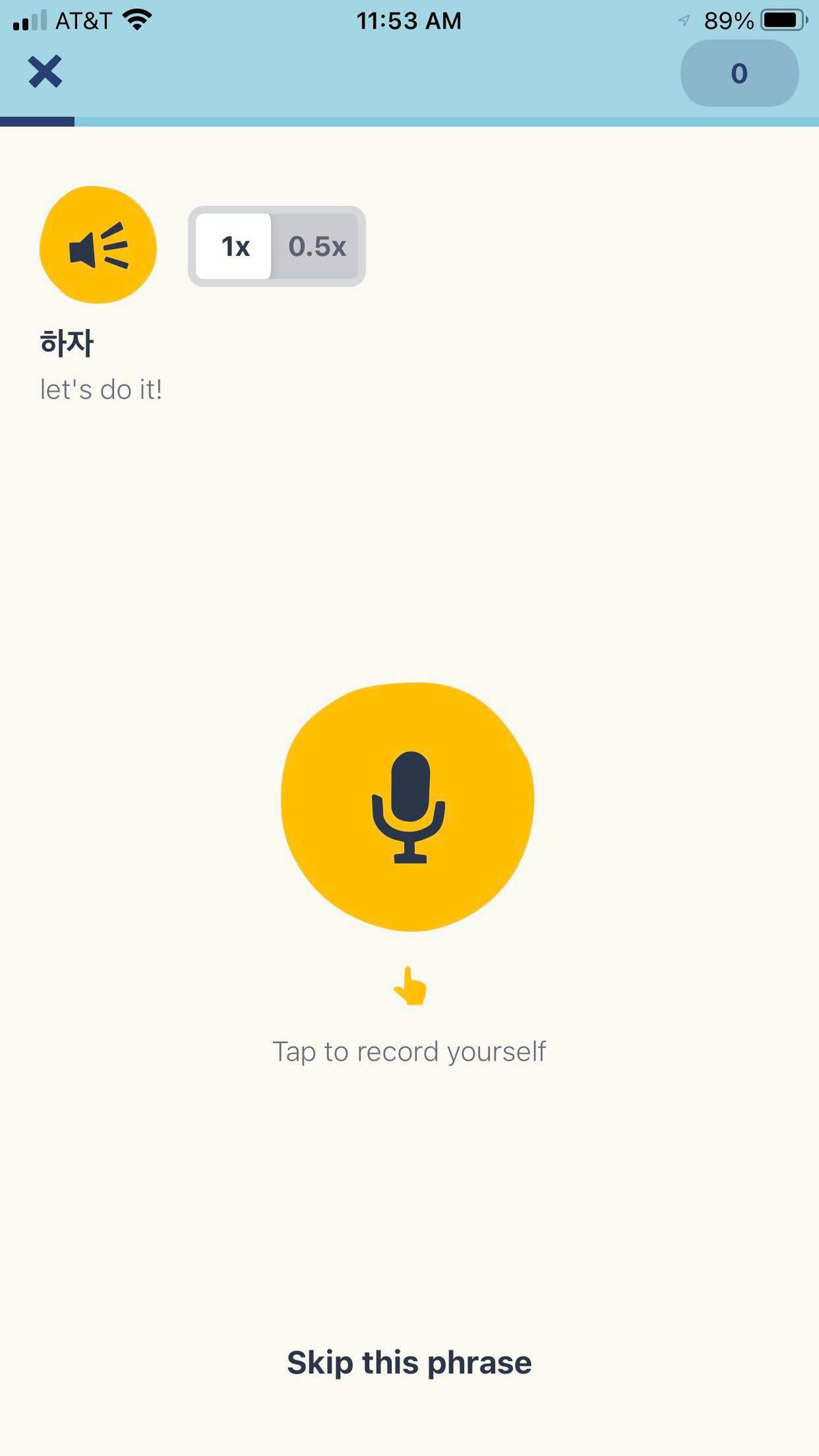
When this article originally went up a few months ago, I’d only tried the free version of Memrise, and I recommended against paying for it. Since then, I have trialed the paid tier, and I have completely changed my mind about Memrise. This app is great. It’s very vocabulary-focused, offering both curated decks and user-created decks. You slowly work through whatever deck you choose, studying various words in various ways each day. You may transcribe or translate an audio or video clip, listen to a recorded conversation and answer questions about it, repeat a phrase after a native speaker and have your pronounciation evaluated, or simply flashcard through vocab with a mix of old and new terms each session. Many of these exercises aren’t available in the free version, and I do think they make the paid version worth paying for if Memrise is going to be your primary thing — the free version feels pretty limited.
There’s also a review component. The app prompts you to revisit a certain number of words or phrases from previous decks with formats of your choice: quick multiple choice, pronunciation, dictation, writing and spelling, etc. You can also choose to mix things together. Words you get wrong are added to a “Difficult Words” list that you can work on separately afterwards.
The other fun benefit is that since users contribute to some of the courses, Memrise teaches you a lot of common slang that professional courses don’t offer (in my experience) but that you will hear native speakers say all the time. If you are going to pay for one flashcard resource, I’d recommend this one.
If you do use Memrise as the one thing you pay for, I’d make sure you pair it with a resource that teaches at least some grammar. Memrise is quite focused on individual vocabulary and phrases, and while there are grammar lessons here and there, they’re fairly limited.
Price: $9.99 per month or $47.99 per year


I’ve been trialing this for quite a while, but I won’t be paying for it. (And you will want to pay for it if you’re going to use it, because the app only gives free users access to the first six lessons.) The app has a very nice interface, the technology it uses is impressive, and I like that it forces you to speak after native speakers and do a variety of different exercises. But in practice, it’s fairly tedious and time-consuming without teaching me as much as the other resources here do.
The way this app works is that each lesson has two parts. The first part is similar to Duolingo — it teaches you vocabulary and has you translate sentences back and forth. This is all well and good, but I worry about the accuracy of some of the translations. The Korean sentences it has been providing are often said in the most stiff and formal way possible. Someone learning solely from Mondly would certainly avoid offending people for being too casual, but also would not be speaking the way Korean speakers necessarily talk in conversation.
I’ve also run into multiple cases where answers I gave that were correct were marked incorrect because the app was looking for a slightly different translation — but unlike Duolingo, there’s not an easy way to report these instances. (For example, there are multiple ways to say “I” in Korean, and I’ve run into cases where the app will only accept one when the other would also be acceptable.) The app has even instructed me to use words that are very infrequently used, or even considered offensive in some contexts, among native speakers. Again, much of this is specific to Korean, but it makes me worry overall about how rigorous the app’s information is.
Then there’s the other half, which is called Hands-Free. This involves you talking back and forth with a Cortana-esque chat bot. This isn’t like Pimsleur where you engage in a simulated conversation, though. The assistant speaks English — you repeat each phrase it gives you three times into your device’s microphone, then you move on to the next one.
The bot rotates between a small number of phrases, all of which are seared into my head after having used this for a couple months. “If you want to say ‘I read a novel’, in Korean you say ‘나는 소설을 읽습니다’. Give it a go!” or “‘We listen to music’ in Korean is said ‘우리는 음악 듣는 것을 좋아합니다’. Repeat after me!” it will say. If you say the phrase correctly, it says “Your Korean sounds like it could be your first language!” or “Your pronunciation is better than 90 percent of the people learning Korean!” If you get it wrong, it says “So close! Let’s try again!” or “Almost! Let’s give this another try!” These comments were cute and encouraging at first, and they may look so on paper, but after having used Mondly for months, I have heard each of them hundreds upon hundreds of times and I just want them to stop. There’s a button that’s supposed to be able to turn these comments off, but it hasn’t actually done this when I’ve tried it.
I also don’t tend to retain a ton from these exercises, I think in part because it’s asking you to memorize full sentences without knowing the words or grammar involved in them, which is pretty difficult — it’s basically trying to memorize a really, really long word.
That the assistant spends so much time talking is all the more grating because the Hands-Free exercises take quite a while to complete as is. The daily ones only take 10-15 minutes, but you’re also prompted to complete “Weekly Quizzes” and “Monthly Challenges.” These, as far as I can tell, take all the exercises you’ve done in the past week or month, respectively, and make you do them again. The Hands-Free portion of the Weekly Quiz takes 30 minutes, and the Monthly Challenge takes an hour. Unlike with Pimsleur, this time really needs to be uninterrupted, because if you pause one of these challenges and return to it later, it often loses your place and sets you back 10 or 20 minutes. Imagine sitting down and talking to Cortana or Alexa for an hour while being unable to do anything else — that’s what this is like.
I am not advocating for Hands-Free to go away. I understand that it’s a useful alternative for users with certain disabilities. It could theoretically be utile while driving (though it doesn’t work very well if you don’t have a consistent connection, and it barely works all if there’s any kind of background noise behind you). But it’s currently positioned in the app as a necessary part of each lesson — after you complete the first portion, you’re always prompted to “Continue with Hands-Free.” If it’s going to be positioned the way it is and take as long as it does, I’d like to be getting better translations and more of a solid foundation from it. (And please, please, if nothing else, get rid of the Weekly Quiz and the Monthly Challenge.)
That’s the final thing I don’t love about Mondly: It doesn’t build from easier to harder. The units are arranged by theme (so there’s one about sports, one about school, one about food, etc.). You don’t graduate from easier grammar to harder grammar or building on what you’ve already learned — you’re just memorizing and repeating sentence after sentence. There may well be people who will best absorb the language this way, but it doesn’t work nearly as well for me as the other resources here.
Streaming content on YouTube and the like
Price: Free, if you already have a streaming service

I’ve been starting to watch as much content in Korean as I can on YouTube and Netflix. I definitely recommend that you start doing this in your target language once you’re at a point where you feel that you can understand it. While you may not immediately memorize every word you hear, consistently watching content in your target language and keeping an eye on how easily you’re grasping what’s happening gives you a good barometer for how much you’re progressing. Language acquisition is slow, and you may not feel like you’re going anywhere, but realizing that you can now cold-watch a show that you used to need subtitles for, or even that you understand a line that you previously couldn’t, can be a massive motivator.
It will also help you get more context for the words and phrases you’re learning that it’s hard to learn elsewhere. For example, there are all kinds of ways to say “very” in Korean (as there are in English), and watching a ton of Korean language content has given me a better understanding of the different situations where people use each one and the different nuances they convey.
Update July 19th, 2022, 4:50PM ET: This article was originally published on February 15th, 2022. Several entries have been updated to reflect changes to their offerings, and a few have been added.
Read the full article Here


